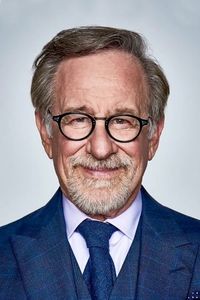Akira Kurosawa, a renowned Japanese filmmaker and painter, left an indelible mark on the world of cinema with his remarkable career spanning over five decades. He is widely regarded as one of the greatest and most influential filmmakers in the history of cinema, with a bold and dynamic style that blended Western influences with a distinct Japanese flair.
Born with a passion for art, Kurosawa initially pursued a career as a painter before entering the Japanese film industry in 1936. He honed his skills as an assistant director and scriptwriter, working on numerous films before making his directorial debut during World War II with the action-packed Sanshiro Sugata in 1943.
Following the war, Kurosawa's critically acclaimed film Drunken Angel in 1948 cemented his reputation as a rising star in Japanese cinema, and he went on to collaborate with the talented Toshiro Mifune on fifteen more films. Their partnership resulted in some of Kurosawa's most iconic works, including the groundbreaking Rashomon, which premiered in Tokyo and won the Golden Lion at the 1951 Venice Film Festival.
This commercial and critical success opened up Western markets to Japanese films for the first time, paving the way for international recognition of other Japanese filmmakers. Throughout the 1950s and early 1960s, Kurosawa directed one film per year, producing a string of highly acclaimed films, such as Ikiru, Seven Samurai, Throne of Blood, Yojimbo, and High and Low.
As his career progressed, Kurosawa's output slowed, but his later works, including Kagemusha and Ran, continued to receive widespread acclaim. In 1990, he was honored with the Academy Award for Lifetime Achievement, and posthumously, he was named Asian of the Century in the Arts, Literature, and Culture category by AsianWeek magazine and CNN.
Throughout his remarkable career, Kurosawa's work has been celebrated through numerous retrospectives, critical studies, and biographies in both print and video, and his films have been released in many consumer media formats.






























































